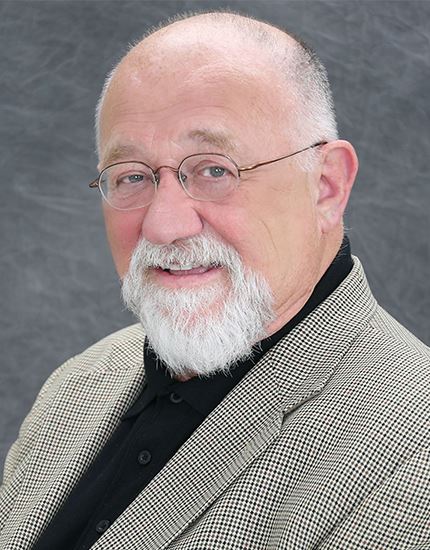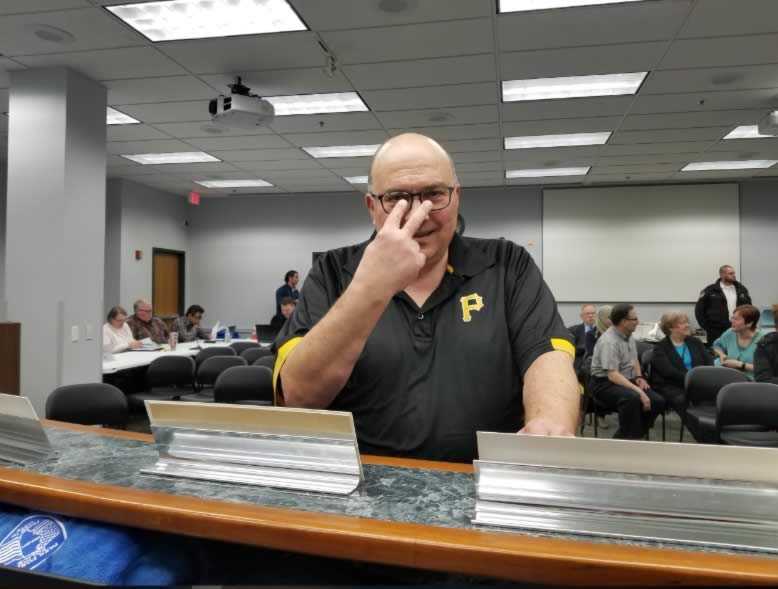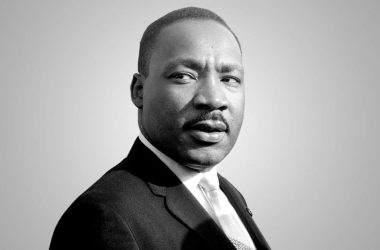
Commentary
By John A. Ostenburg
Park Forest, IL-(ENEWSPF)- A few days ago, I heard Dr. Wayne A. I. Frederick, president of Howard University in Washington, D.C., being interviewed regarding the high number of African Americans who are succumbing to the COVID-19 virus. In addition to being an academic, President Frederick is a medical doctor. Howard is one of the most highly regarded HBCUs (historically Black colleges and universities) in the nation.
The interviewer zeroed in on the commonly held opinion that a fundamental reason for the disproportionate impact is that health insurance benefits are not as prevalent among African Americans and other citizen groups that suffer more greatly from poverty than do most Whites. That opinion is based on a theory that the lack of insurance limits the opportunity for a larger number of Black and Brown persons to avoid health problems, especially heart disease, diabetes, and hypertension.
But Dr. Frederick shot back that more limited insurance coverage may be a part of the problem, but it’s far from being the principal cause. He explained that in Washington, for example, upwards of 80 percent of Black residents have health insurance – I presume that’s because so many are federal employees – but that a 15-year-difference exists between the life expectancy of residents of one neighborhood that is almost exclusively African-American and those in a neighborhood three miles away that’s predominantly Caucasian. The reason for such disparities, Dr. Frederick said, is access.
Listening to his explanation, I thought, “Access?” Then it hit me: a major access problem is right here in our region. I recalled how Chicago’s south side and south suburbs have suffered for decades with the lack of a Level I trauma center. A few years ago, the city’s south-side residents got a reprieve in this connection when the University of Chicago locked arms with some other healthcare providers to create a trauma center in the Chicago Lawn area, but that’s of no benefit to south suburban residents. For them, the nearest Level I trauma center continues to be at Christ Hospital, more than 100 blocks away at a minimum, and given traffic patterns 45 to 60 minutes away. Meanwhile, such trauma centers are everywhere in other portions of Chicago and in other suburban regions of Chicagoland.
So what’s the common denominator for Chicago’s south side and south suburbs? Answer: a predominantly African-American population. The bottom line is, in neighborhoods where the population is mostly White, access to a trauma center at times of healthcare emergencies – work accidents, automobile accidents, injuries resulting from crime – is relatively easy whereas access on such occasions in neighborhoods where most non-Whites reside is virtually non-existent.
And to echo what Dr. Frederick was saying, such access is not based on whether the individual needing Level I trauma care has insurance or not; in fact, it’s not based on economic status at all. The truth is, Black residents of some regions of the trauma-center-blighted territory are as wealthy, or wealthier, as/than most Whites: many residents of the affluent suburbs of Flossmoor and Olympia Fields, and neighborhoods of many other south suburban municipalities, are not financially challenged. But do they have access to trauma care when they need it? No.
To be accurate, of course, it must be pointed out that the much smaller percentage of White residents who live in these deprived communities also must go without ready access. Their numbers probably correspond to some degree with the relatively small population of non-Whites who reside in the neighborhoods that do have easy access. Those statistics, however, relate to outliers: the persons represented by them do not influence access or lack of access in their respective regions because decisions on what will, or will not, be available clearly are determined on the basis of the majority population.
About mid-way in my 20 years as mayor of south suburban Park Forest, I undertook the task of doing something about this major healthcare discrepancy. That was before the UofC embarked on its facility, so my efforts focused on the entire south region of Chicagoland, basically everything from 95th Street, location of Christ Hospital, south. I decided we needed a public hearing on the issue and gathered a group of volunteers to help me with the planning. We wanted to be as comprehensive as possible in examining the issue and all the attendant reasons for why our residents lacked ready access to a Level I trauma center.
In preparation for the meeting, I sat down with some Park Forest paramedics to get their take on the need for Level I trauma facilities as it related to their day-to-day work. I was shocked by what I heard. They were very direct in explaining that the trip from Park Forest to Christ Hospital took a minimum of an hour when traffic conditions were good. Furthermore, because Christ served so many patients who had trauma needs, often it would be on override, which meant that the patient had to be transported ever further to Stroger Hospital, which was the next most accessible site. “Sometimes we just can’t take the risk of having a patient go that long without emergency room attention,” one of the paramedics explained. “We have to get them to another facility as quickly as we can.”
On the day when the public gathering was held, among the items we had on display was a map that had been prepared by one of the volunteers. It had little red dots to show the locations of Level I trauma centers in the Chicago and suburban region. As you might suspect, multiple red dots were present in the west and north regions; none was present in the south, the region with the greatest concentration of non-White residents. [If that same map were to be viewed today, it would show one lone red dot on Chicago’s south side to represent the UofC facility.]
The program for the event included remarks by policymakers and others and some panel discussions of issues and possible solutions. An impassioned keynote was delivered by former Congressman Jesse Jackson Jr., whose district encompassed the entire affected region, as he outlined how his constituents suffered levels of deprivation that were less common among the constituents of many of his congressional colleagues. The panels featured state legislators, county board members, hospital representatives, and social service agency folks. In the audience were other elected officials and several clergy who represented those who were most directly affected by the lack of access. Questions were asked, answers were given, ideas were exchanged, pledges were made, but for the most part, it simply was a case of words, words, words: nothing has changed in the decade since that gathering as regards Level I trauma center access for residents of Chicago’s southland.
I remember in particular how some of those who spoke that day gave explanations for why no Level I trauma center was present in our region. Mostly they focused on economics. Hospital representatives explained that their emergency rooms already were overcrowded because of uninsured clients who used them for regular health care in addition to emergencies; they also noted that the type of medical personnel needed to maintain a Level I trauma center was harder to access in the south suburbs because so few of those professionals resided in the region; and they said a Level I trauma center really needed to be associated with a teaching hospital and none was present in the south suburbs.
As I listened, I recalled an experience I had several years earlier during my first administrative job in higher education. I was director of alumni affairs at an area university at the time and I reported to the alumni association board of directors. I had gotten far behind in delivering an issue of the quarterly alumni newsletter and I had to explain the reasons at a meeting of the board. I gave one explanation after another, all of which I thought were very significant, and then the president of the association looked me directly in the eye and said, “John, you have very good excuses. But they’re still excuses.” That’s the way I felt about what I heard at our local gathering that day. Excuses.
So now a major health crisis is facing the U.S. and the statistics are clear in confirming that the same population in our region that is deprived of a Level I trauma center is also the population that is being most directly impacted by the COVID-19 pandemic. Different circumstances with different needs and different effects, but the bottom line remains the same. Believe me, elected officials in the areas affected by the dramatic number of African Americans suffering from COVID-19 are not surprised that this is the case, for they know that their constituents are more severely impacted by the lack of access to all types of healthcare than is the population in general. The question is, can they convince a sufficient number of their fellow officials – those whose constituencies don’t suffer from such lack of access – to join the efforts to find remedies?
Whatever the costs associated with such potentially preventative efforts, they are miniscule by comparison to what it costs to deal with the aftermath. As such, it truly is in everyone’s best interest to address these issues and not allow the disparity in access to grow any wider. Every policy decision that develops out of this healthcare crisis must be made with total consciousness of the racial inequity that is present in our society and must include clear and decisive steps to remedy that problem. No more excuses!








